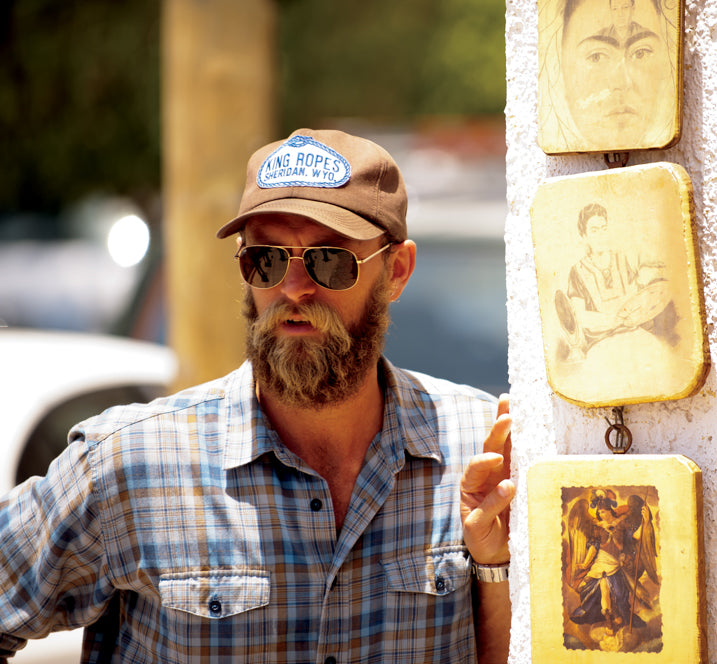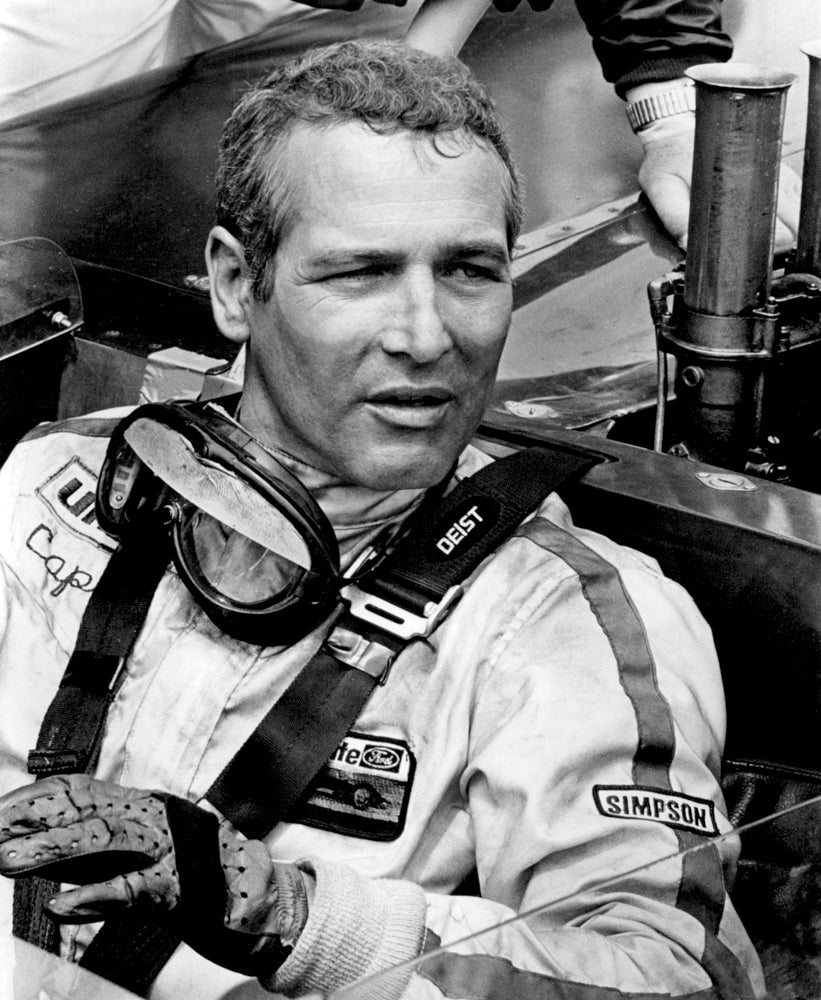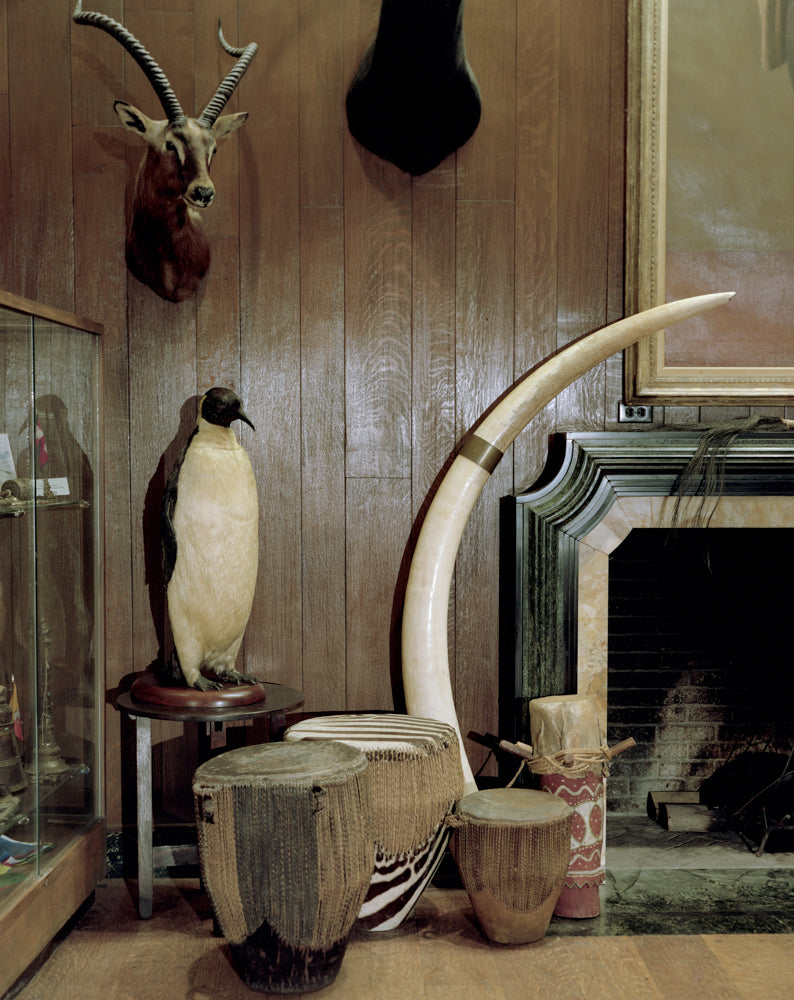
No Short Cuts
NO SHORT CUTS

THE BOAT THAT DID NOT COME
The dingy was supposed to return but had not, which meant Keith Malloy was on his board, in the water off an uninhabited island in Indonesia, without a ride.
He’d spent the day surfing a reef with two friends, but now dusk was giving way to darkness and the dingy that was supposed to pick the three men up and take them to the sailboat they’d been traveling on and living aboard had not materialized.
Between them and the island, which had no safe beach, was a reef, waves, a layer of shoreline air that promised thousands of mosquitoes, then jungle. Going in was not necessarily the best option.
So Malloy and his two companions began to paddle through the dark looking for the sailboat. At the time, Malloy was only in his mid-twenties but had already circumnavigated the earth the equivalent of ten times. He had just left competitive surfing’s World Championship Tour to become a “free surfer,” a job that meant finding and riding empty waves in picture-perfect locations for sponsors and magazines. But to Malloy the job would always be about something more. He had quit the circus of the tour — “the commercialism and alcohol and G-strings,” as he describes it — to pursue something deeper; not only the perfect wave, but the imperfect journey to reach it.
Today, tall, bearded and sinewy-strong, he earns his living as a surfer, filmmaker and ambassador for Patagonia. He is 39 now, a husband and a father, but that pursuit is still at the heart of what drives him.


KEITH MALLOY’S PACKING LIST
- A suture kit, the kind they stock in hospitals. Not always used upon immediate injury, but can be broken out once the waves have died down.
- Bear Mace (for Canada and Alaska) A fat roll of duct tape.
- For the simple stuff — patching a wetsuit or a hole in a tent — but also for less obvious fixes. Wrapped around a burst engine hose, it’ll buy you an extra 20 miles of road.
- A well-made rain jacket. If you haven’t got shelter, it “could save your life,” he says.
- A really good wetsuit, but not just for surfing. If he’s going to be on a boat — any boat — he takes one along. “If something goes wrong and I end up in the water, I know I can last a long time.” (Man of the World cannot guarantee you will do the same.)
BEFORE THE WAVES COME UP
Many surfers view travel as tedium to be endured before the waves come up, but Malloy has always embraced the journey. His surf trips are as much about exploring and survival as surfing unknown breaks. Campaigns undertaken with trusted friends and family. Locations scouted, studied, tracked, prepared for, worked at. Sometimes for a documentary he is shooting; sometimes to test wetsuits in ice-cold waters for Patagonia; sometimes to just go.
Malloy has traveled to Kamchatka, a Russian Peninsula on the northeast coast of Siberia so remote there’s only one weekly flight in and the locals say there are no roads, only directions. On that trip, Malloy and his crew got around in Soviet-era military vehicles.
He has surfed in a Norwegian Bay so cold the water temperature tops out in the high 30s. The snow gathers a foot high on the beach and the tidal conditions can change so fast and so fiercely that they alone, and not the waves, can sweep you out to sea and end you.
He has had bad moments in warm waters too, like the time in the South Pacific, on a trip between the Philippines and Papua New Guinea, when men with sub-machine guns shot at his boat, chased it down, and boarded it. He thought, “This could be it right here.”
Malloy has entered surf breaks so distant and unknown people naïvely refer to them as shark-free. “Guess what,” he says, laughing. “There are no people in the ocean there, so no one’s ever been bitten, but there are sharks. All those places have lots of sharks.”


Even his home state, California, can be experienced in new ways. Though he can so easily boat the waters between Point Conception and Gaviota, he once paddled it instead, twenty miles a day, coming in at night to sleep on the beaches. He did it as a physical challenge, yes, but he also thought it would be an interesting way to see the coast.
He made an odyssey out of a run between Bend, Oregon and Cabo San Lucas, Mexico in a truck he converted to biodiesel, stopping to explore with friends and family along the way. He thrives in situations where he can control the speed of the trip, hang out with people, and see different spots. “There’s something special about taking your time,” he says.
Malloy seeks out ways to work with what is at hand; to integrate ends and means. It’s a philosophy he picked up on the ranch in Ojai, California where he grew up in a family far tighter than most coming out of 1970s Los Angeles, only a couple of hours to the south. In addition to his sister, Mary, there are three Malloy brothers — Chris, the eldest, Dan the youngest, and Keith in between. To this day, he works, surfs, and travels with his brothers. The Malloys make films through their production house, Moonshine Conspiracy, and in 2004 partnered with Patagonia to grow its surf business. In the insular world of surfing, the move was seen as surprising but, considering the brothers’ relationship with the environment, aligning with a company that’s consistently pushed for a more thoughtful engagement with the planet was always a natural fit. The Malloys lived closer to the bone than the surfer boys of Orange County, who grew up buried in the commercialism of America’s surf industry.


In most stories about the Malloy brothers, Keith is described as the quiet one. But ask him about something of importance and he’ll give it as long as it needs. What makes a good travel companion, for example. “Oh, that’s a good question,” he’ll say, before considering it from several angles. That trip through Indonesia, the one where the dingy did not appear, he can’t stop telling stories about it — about the unspoiled culture; the trash he saw on remote beaches; the hairiness of the politics in East Timor; the breaks no one had ever surfed before — till finally he strings the meaning of all those moments together. The trip confirmed that he’d been right to quit the tour, and he’s been taking that trip in different incarnations ever since.
HOW TO HANDLE FLIGHT DELAYS
When you ask Keith Malloy about this, he gets as close to a sigh as he ever will. The unflappable explorer of parts unknown, defeated by the misery of the modern airport grind. Infuriated by long waits and cancellations? They get to him, too. It’s what awaits him at the other end that’s different. But there are no “short cuts” for arriving rested and ready, he says. In the age of iTunes, he might go old-school and pack some books to help get him to the meditative state he needs to stay cool in tin tubes taking some of the longest-haul flights on earth. It’s a process that begins at check-in.
Forget trying to scam the airline clerk over excess baggage — ten surfboards, say — or even arguing at all. If they don’t cut you slack, they will next time.


THE LAST TIME THEY SAW THE SAILBOAT
“To be a surfer between the sky and the water would be, to me, the most wonderful thing.” DIANA VREELAND
There are strangers who will board your boat and take it and everything else you have in the waters of the South Pacific. Three hours had passed and still Malloy and his fellow travelers were in the water, with no sign of the dingy. Maybe pirates, Malloy thought. The last time he and his friends had seen the sailboat a rusty Indo motorboat had been chugging in its direction. So maybe that’s what had happened. Maybe the boat and crew were gone forever.
He’d had plenty of time to assess the situation and consider his companions. One of them, Mark Healy, was young, about nineteen, maybe twenty, not yet the famed Hawaiian big wave surfer he is now, but already an accomplished spear fisherman. The other, Aamion Goodwin, had grown up on islands and knew how to live off the grid. So, if the situation was not optimum, at least he was with the right guys.

But, as it happened, they found the boat. To see the serendipty in this is to understand all the things that had gone right but could have easily gone wrong. They hadn’t gone ashore. They’d hadn’t paddled in the wrong direction. They had paddled seven miles in the right one. What had gone wrong was simple enough. The dingy had had engine trouble.
Always take a roll of duct tape with you, Malloy says. You never know when you’ll need to get another 20 miles on the road from it. But if Malloy has an essential rule for the road, it is this: Be respectful of the people you meet along the way. Don’t take advantage of them. Move through each place as if you will return. Leave the door open.


